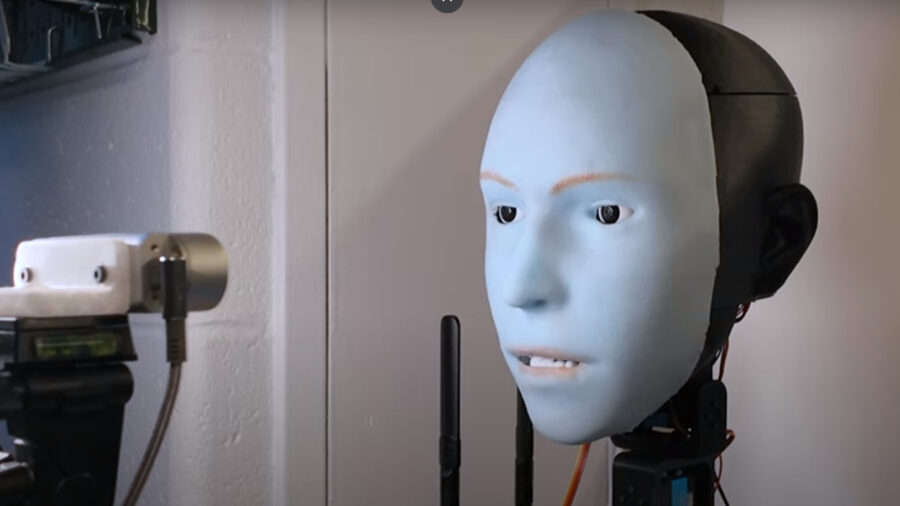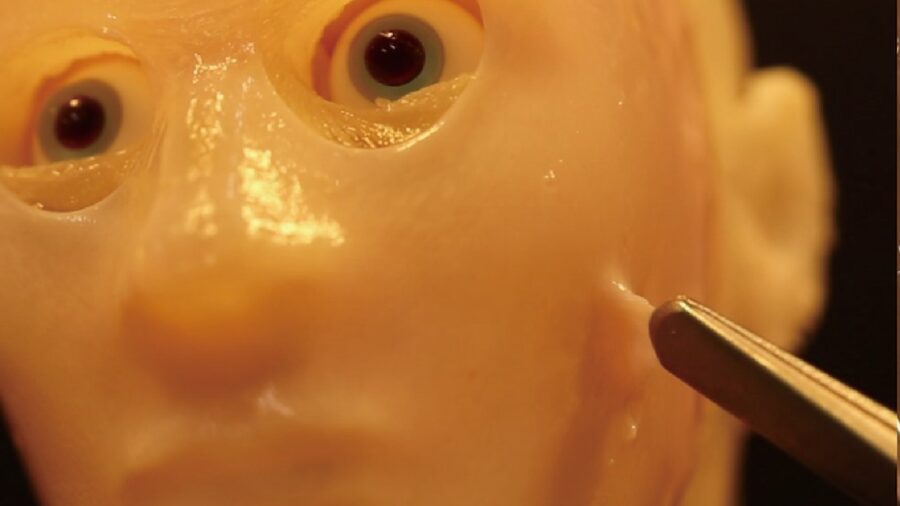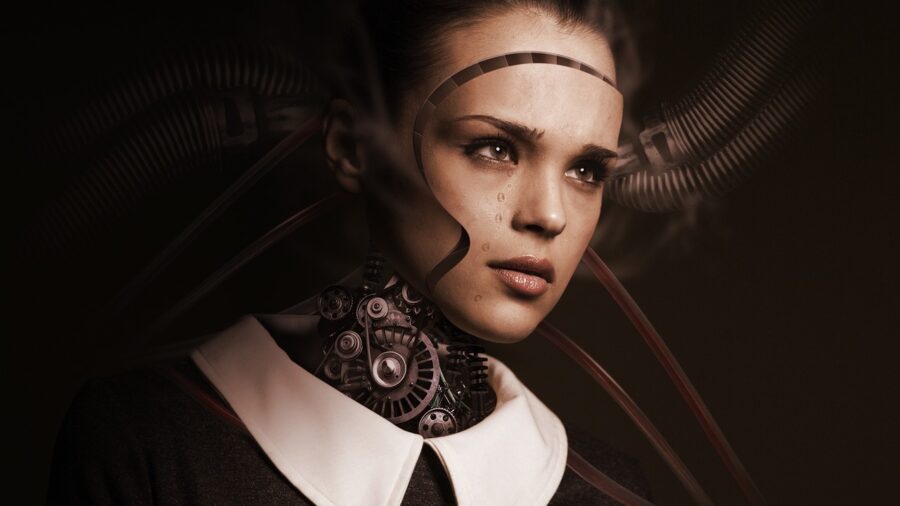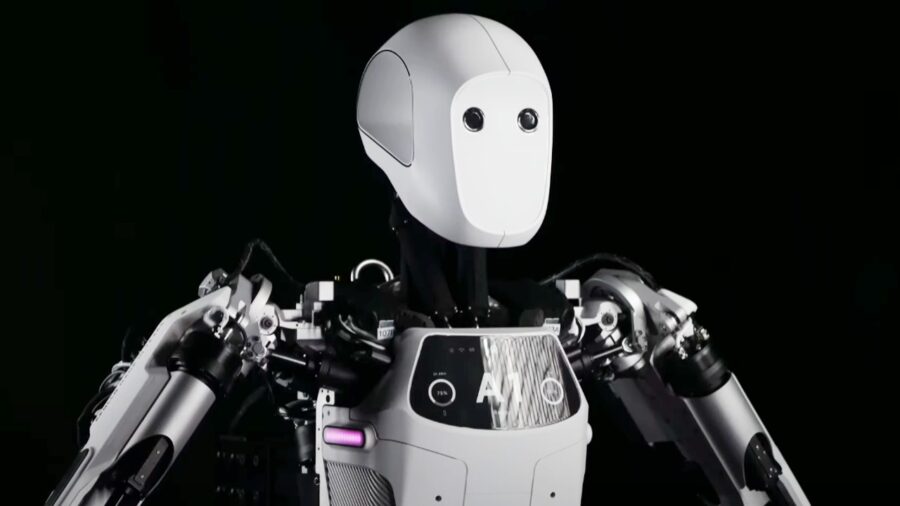Lab-Grown Human Skin For Robots Is Now Real

A team of Japanese scientists has revealed breakthrough technology that engineers synthetic human skin. While specifically made to cover the surface of humanoid robots, the hope is that this technology will be instrumental for future breakthroughs in cosmetic and facial reconstructive surgeries. Despite their optimism and intentions, human skin on robots makes for some slightly creepy aesthetics for some.
Lab-Grown Skin Derived From Human Cells

The study, published in June of this year by engineers at the University of Tokyo, outlines a complicated procedure that results in bioengineered skin attaching to any surface. Taken from real human skin cells, the new innovation avoids the need that other artificial skin has in that they must be anchored to the surface and connected to other units with a series of tiny hooks. The new human robot skin relies on a technique that allows for the finished product to have the pliability of the real thing.
Robots Capable Of Expression

The human robot skin that these researchers have devised possess tiny V-shaped perforations. A gel made from collagen is added after being treated with a special water vapor-based plasma. This enables the collagen to make its way into the perforations and create a binding agent that keeps the artificial skin adhering to the surface that it’s applied to.
This means that the humanoid robot will be able to perform a variety of complex movements without the human robot skin being at risk for tearing or ripping. The new development has nearly the same flexibility as the real thing, although the appearance has one quality that differentiates the two.
The Same Problems As Human Skin

The human robot skin has a slimy layer that coats it, giving it an appearance that’s unsettling to some. Adding additional layers of complexity is the super sterile environment that the artificial skin must be kept in. Shoji Takeuchi, one of the principal researchers on the project, revealed that the process makes the product more susceptible to bacterial infestations that can kill off the base of human skin cells.
The Skin Moves In A Natural Way

The team tested their human robot skin by adhering it to a 3D model of a human face with robotic movement capabilities. The experiment yielded results that showed the manufactured skin moving in a natural way with the model and not becoming damaged. Takeuchi admitted that while this was a promising development, it’s not really the reason why the team created it.
To Benefit Humanity

Takeuchi expressed the team’s desire to use the human robot skin to research the skin aging process (and perhaps how to slow or reverse it), as well as bringing about new developments for facial reconstructive surgeries. To make these hopes realistic, Takeuchi stated that he and the others from the University will work to add other elements of human skin to their design.
Should the human robot skin that Takeuichi and the other researchers have wrinkles and thicker skin layers, it will lead to their creation looking even more realistic, thus aiding in cosmetic and reconstructive surgery developments. He also stated that the next step will be adding sweat glands, pores, blood vessels, fat, and other parts that make up real skin.
Sources: Cell Reports Physical Science











